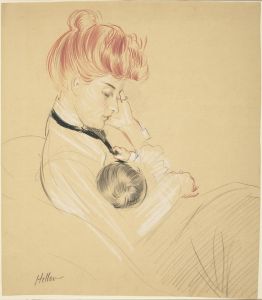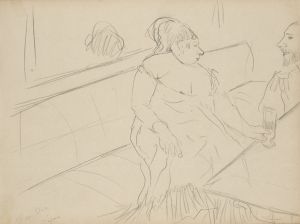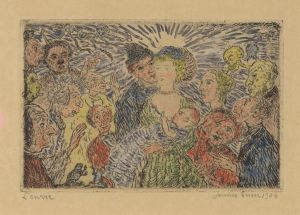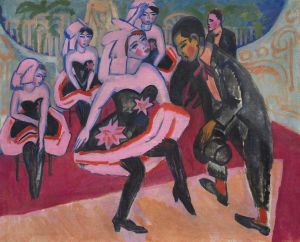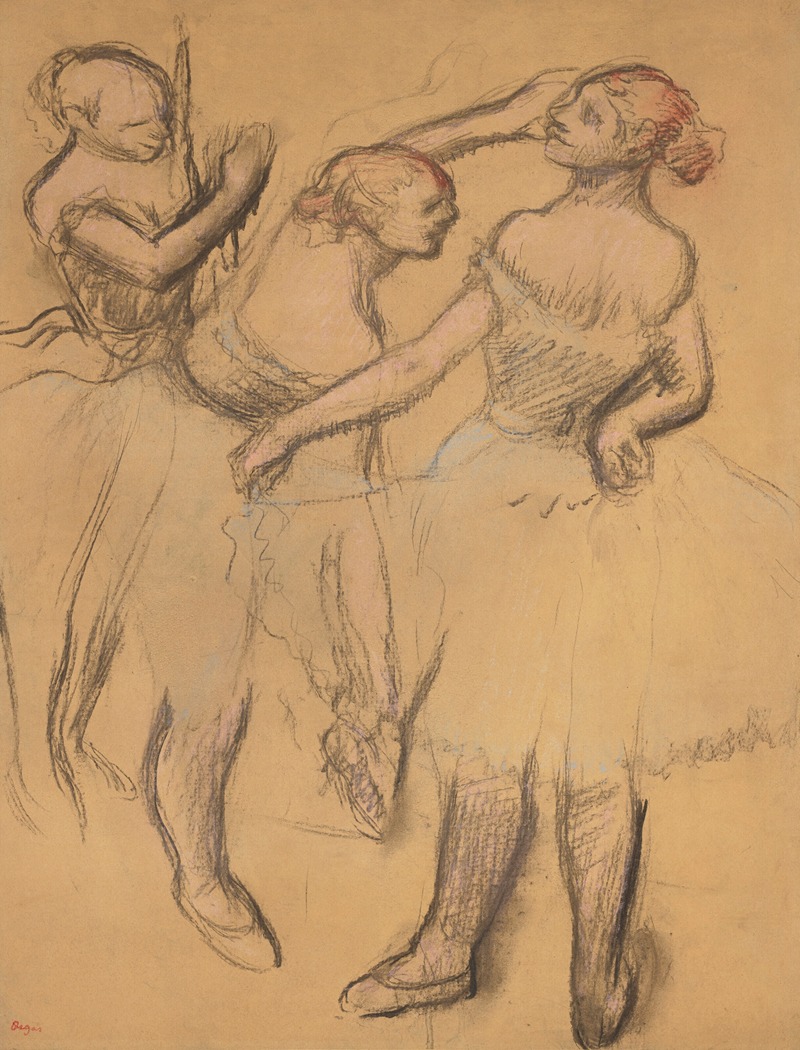
Trois danseuses
A hand-painted replica of Edgar Degas’s masterpiece Trois danseuses, meticulously crafted by professional artists to capture the true essence of the original. Each piece is created with museum-quality canvas and rare mineral pigments, carefully painted by experienced artists with delicate brushstrokes and rich, layered colors to perfectly recreate the texture of the original artwork. Unlike machine-printed reproductions, this hand-painted version brings the painting to life, infused with the artist’s emotions and skill in every stroke. Whether for personal collection or home decoration, it instantly elevates the artistic atmosphere of any space.
"Trois danseuses" (Three Dancers) is a pastel artwork created by the French artist Edgar Degas, who is widely recognized as one of the leading figures of the Impressionist movement. Degas is particularly celebrated for his depictions of ballet dancers, a subject he explored extensively throughout his career. This work, like many of his other pieces, reflects his fascination with movement, form, and the intimate, behind-the-scenes moments of the ballet world.
The exact date of creation for "Trois danseuses" is not definitively documented, but it is believed to have been produced during the late 19th century, a period when Degas was deeply immersed in portraying dancers. The medium of pastel, which Degas frequently employed, allowed him to achieve a vibrant, textured quality in his works. Pastel was particularly suited to capturing the delicate interplay of light and color, as well as the dynamic poses and flowing fabrics of the dancers.
The composition of "Trois danseuses" features three ballet dancers, likely in a rehearsal or backstage setting. Degas often chose to depict dancers in informal, candid moments rather than in grand performances, offering viewers a glimpse into the labor and discipline behind the art of ballet. The figures in the artwork are rendered with a sense of immediacy and spontaneity, characteristic of Degas's style. His use of pastel creates a soft yet vivid effect, emphasizing the grace and fluidity of the dancers' movements.
Degas's interest in ballet was not merely aesthetic but also deeply observational. He spent considerable time at the Paris Opéra, studying the dancers and their routines. His works often reflect a keen understanding of anatomy, posture, and the physical demands of dance. In "Trois danseuses," as in many of his other pieces, Degas captures the tension between the elegance of performance and the effort required to achieve it.
While the specific location of "Trois danseuses" is not mentioned here, many of Degas's works are housed in major art institutions around the world, including the Musée d'Orsay in Paris and the Metropolitan Museum of Art in New York. His works continue to be celebrated for their innovative approach to composition, use of color, and ability to convey the human form in motion.
"Trois danseuses" exemplifies Degas's mastery of pastel and his enduring fascination with the world of ballet. It remains a testament to his ability to blend technical skill with a deep appreciation for the beauty and complexity of his subjects.






